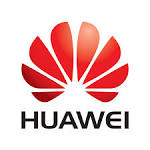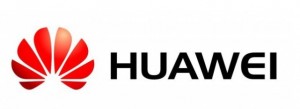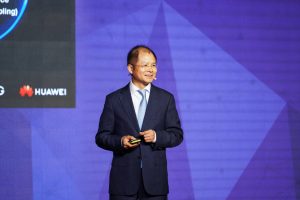April 19, 2024
April 19, 2024
Copyright 2023, IT Voice Media Pvt. Ltd.
All Rights Reserved

 Mobile World Congress Shanghai 2018 opened at the Shanghai New International Expo Center today. Huawei Rotating Chairman Eric Xu addressed the audience in his keynote speech titled Bringing MBB to a New Level with 5G. Xu expressed his hope that 5G would bring the mobile Internet – especially mobile video – to a level comparable to mobile voice service today, allowing users to enjoy mobile broadband services wherever and whenever they want. Xu also expressed his expectation that 5G would nurture new basic services and drive the sustainable growth of the mobile communications sector.
Mobile World Congress Shanghai 2018 opened at the Shanghai New International Expo Center today. Huawei Rotating Chairman Eric Xu addressed the audience in his keynote speech titled Bringing MBB to a New Level with 5G. Xu expressed his hope that 5G would bring the mobile Internet – especially mobile video – to a level comparable to mobile voice service today, allowing users to enjoy mobile broadband services wherever and whenever they want. Xu also expressed his expectation that 5G would nurture new basic services and drive the sustainable growth of the mobile communications sector. Xu emphasized that 5G standards are the result of joint collaboration between global organizations. As a major 5G standards contributor and patent holder, Huawei will follow the FRAND principle – Fair, Reasonable, and Non-discriminatory – as it has always done. During the standardization process, Huawei will continue to recommend innovative technologies to other industry players, and will never squeeze other companies or society as a whole.
Xu emphasized that 5G standards are the result of joint collaboration between global organizations. As a major 5G standards contributor and patent holder, Huawei will follow the FRAND principle – Fair, Reasonable, and Non-discriminatory – as it has always done. During the standardization process, Huawei will continue to recommend innovative technologies to other industry players, and will never squeeze other companies or society as a whole.